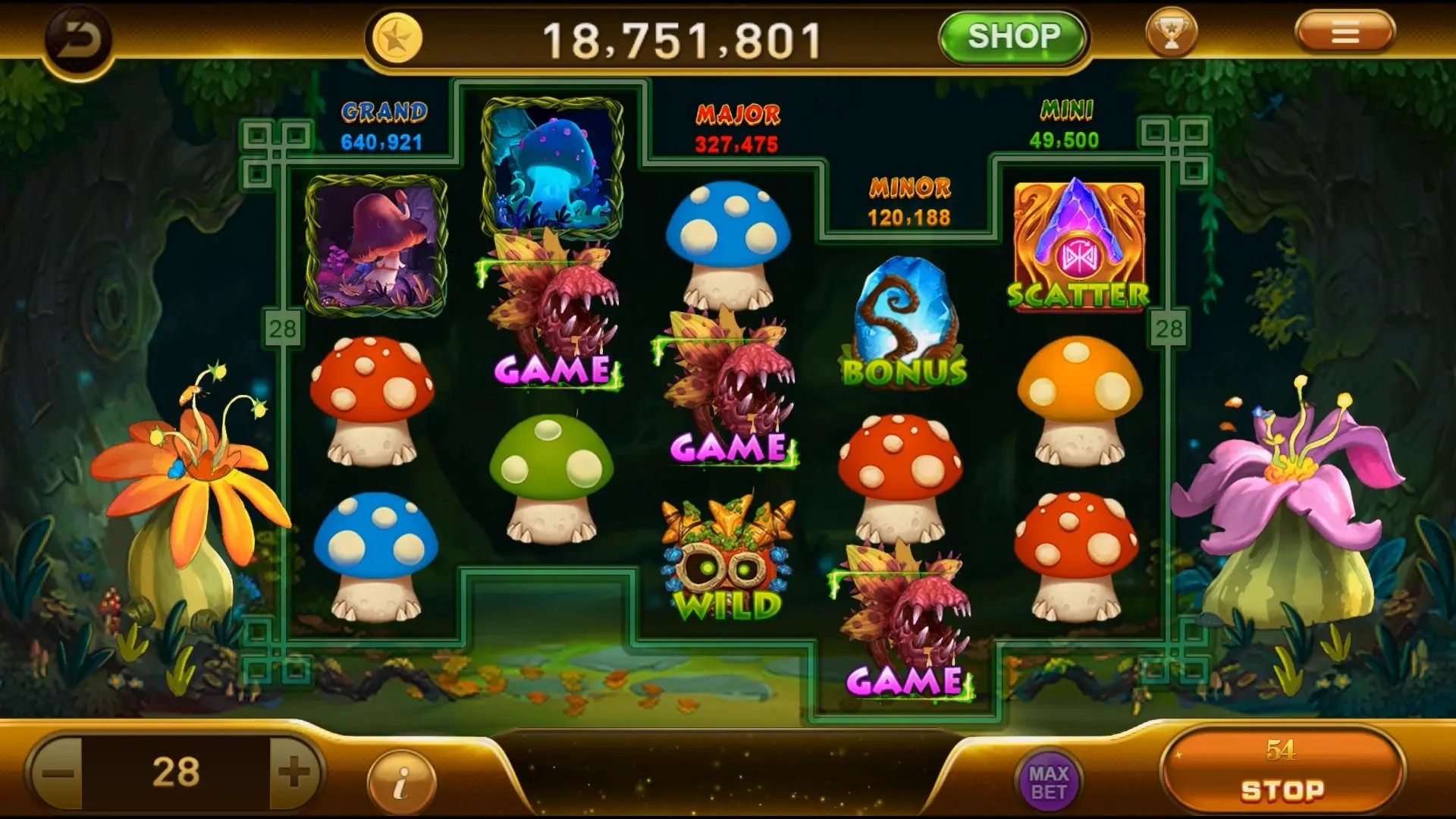Why Casual Games Are Revolutionizing the Gaming Industry: A Deep Dive into Their Appeal and Impact
The gaming industry is constantly evolving, and one segment that has experienced remarkable growth is casual games. With simple mechanics and easily accessible content, casual games have successfully attracted a diverse audience, ranging from young children to older adults. This article explores the factors contributing to this revolution, along with their significant impact on the gaming landscape.
The Rise of Casual Gaming
Casual games are defined as games that are easy to pick up and play, requiring little commitment from players. Unlike traditional console or PC games that often demand hours of engagement, casual games can be enjoyed in short bursts. Here are some pivotal elements that have led to the rise of casual gaming:
- User-Friendly Interfaces: Most casual games feature intuitive designs, making it easy for anyone to jump in.
- Mobile Accessibility: With smartphones in everyone's pockets, casual games are more accessible than ever.
- A Range of Genres: From puzzle games to simulation, casual titles appeal to various interests.
Understanding Their Appeal
But what makes these games so appealing? The answer lies in several key factors:
| Factor | Description |
|---|---|
| Convenience | Players can enjoy these games at their own pace, regardless of time constraints. |
| Social Interaction | Many casual games incorporate social features, allowing friends to play together, which builds community. |
| Visual Appeal | Colorful graphics and engaging animations draw players in, making the experience enjoyable. |
The Impact on the Gaming Industry
Casual games have not only attracted a fresh audience; they have influenced the entire gaming ecosystem. Here’s how:
- Increased Revenue: The casual gaming market has seen billions in revenue, outpacing many traditional gaming sectors.
- Innovation in Game Design: By focusing on short-play cycles, developers are experimenting with new ways to deliver gameplay.
- Diversity of Content: With an array of genres, casual games have diversified what it means to be a gamer.
Comparing Casual and Traditional Games
To truly understand the revolution brought by casual games, it's essential to compare them with traditional games. Here's a comparison chart:
| Aspect | Casual Games | Traditional Games |
|---|---|---|
| Gameplay Duration | Short bursts | Extended sessions |
| Accessibility | Highly accessible | Requires specific platforms |
| Complexity | Simple mechanics | Often complicated |
Best Story-Based Games on Xbox
While casual games dominate the market, many players still cherish story-driven games. For those interested in deep narratives, here are some of the best story-based games available on Xbox:
- The Witcher 3: Wild Hunt
- Hellblade: Senua's Sacrifice
- Life is Strange
- Ori and the Will of the Wisps
- Gears 5
Future Trends in Casual Gaming
As the gaming industry continues to evolve, casual games are expected to lead the way. Some potential trends include:
- Integration of AI: More personalized experiences through artificial intelligence, catering specifically to player preferences.
- Virtual Reality: Casual gaming in VR could create immersive experiences without the steep learning curve.
- Cross-Platform Play: Enhancing social interaction by allowing players on different devices to play together.
Conclusion
The rise of casual games marks a significant shift in the gaming industry. With their accessible gameplay, social features, and broad appeal, they have changed how we perceive gaming. As we look to the future, the influence of casual games on traditional gaming cannot be understated. Whether one enjoys casual titles or prefers the depth of story-based games, it's clear that the landscape of gaming is richer and more diverse than ever before.



